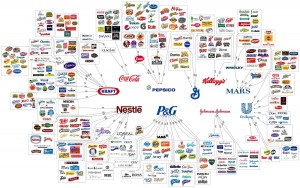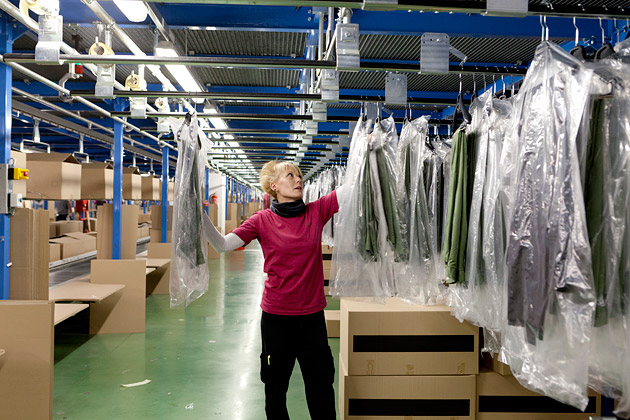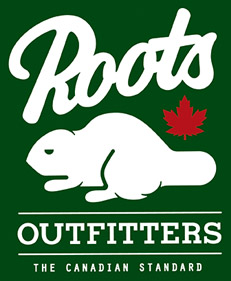Throughout this semester, we have been working on a marketing project, specific to a company of our choice. My group chose Target as our company to research. I thoroughly enjoyed working on this project as this was the first time I had to do a video component.
Working on the project was a good way to integrate what we have been learning in class with a marketing presentation. By separating the project into three separate sections, it enabled my group to focus on each part on a more concentrated level. It helped us be more specific in areas that we wouldn’t have focused on if the whole project were due at one time. For example, I know that we would have spent a lot less time on researching different target markets if we were stressed to finish the whole editing component of the video.
As this was my first time creating a film, I wasn’t sure what to expect. I was a little worried about using Final Cut Pro because it looked so complicated. However, after trial and error, I was able to get used to it. It ended up being a lot of fun because I feel like it enabled my group to be creative when creating the film. With so many options for creating transitions and text entrances, we tried to create a video as diverse as possible. I particularly liked the video project because I believe that our group can be marked more fairly in regards to content as compared to whether our words come out properly. Of course presenting is a crucial skill, but as technology becomes more prevalent, having the skills to work with different mediums is also becoming as important.




 Through the transition of marketing in the 1900s to one that is value-based, companies are creating customer profiles by analyzing consumer behaviors in order understand their needs and wants. For example, a growing trend towards environmental responsibility has increased the number of environmentally friendly products. Companies can use these findings to implement good ethics in their business practices.
Through the transition of marketing in the 1900s to one that is value-based, companies are creating customer profiles by analyzing consumer behaviors in order understand their needs and wants. For example, a growing trend towards environmental responsibility has increased the number of environmentally friendly products. Companies can use these findings to implement good ethics in their business practices. 